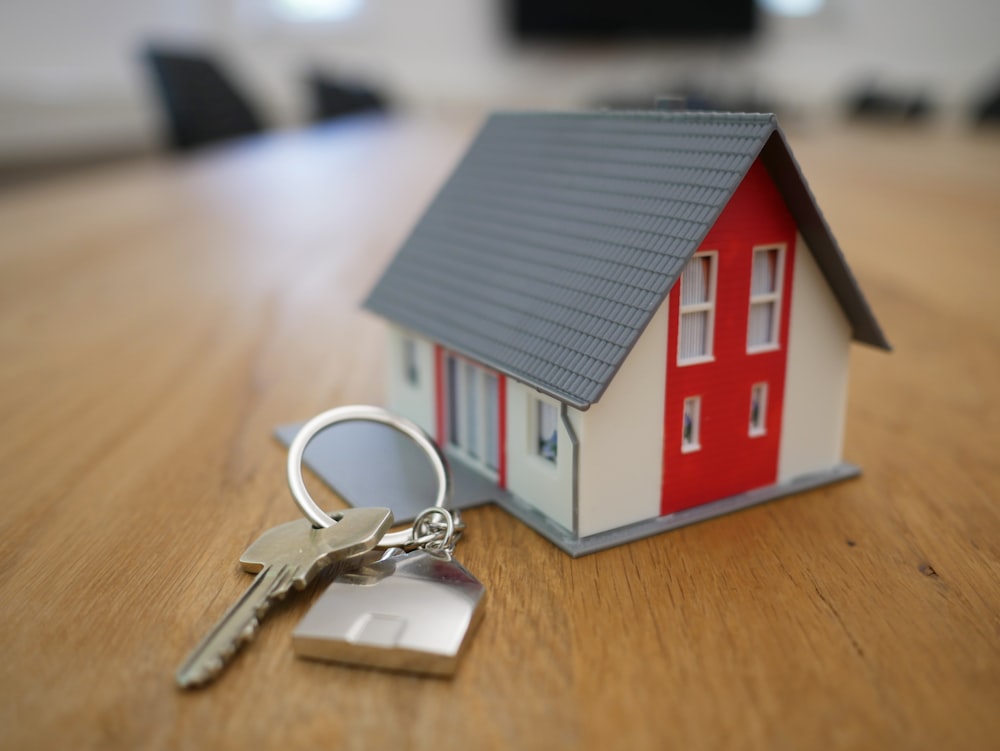Overwhelmed by home maintenance or looking to free up extra cash to travel? Downsizing to a rental might be the right fit for you.
While homeownership comes with many benefits, the biggest being that you get to build equity, renting can be better for your monthly budget.
The typical U.S. homeowner in 2018 — according to current census data — coughed up a median $1,558 per month for their mortgage alone, not including hundreds more in bills and upkeep. Renters, on the other hand, were paying a median $1,343 per month in rent.
If you’re downsizing from homeownership to a rental property, here are five tips to make the transition a smooth one.
1. Run all the numbers
Most folks who are downsizing are looking for a way to cut costs, perhaps because of the end of unemployment benefits from COVID-19, but many find themselves shocked by the expenses that can stack up.
Your new rental does come with fewer monthly costs (a single rent payment instead of paying for water or heating) and less responsibility.
However, you also need to take moving costs and storage for your belongings into account. If you’re moving into a smaller space to save even more money, you should remember that means less room for all the things you’ve accumulated.
If you’re just ditching everything, you’ll have to furnish your new place. If you plan to keep all your stuff, despite reduced storage space, that’s a storage unit charge of $60 to $180 on average greeting you every month.
Consider also that depending on whether you’re moving to a new state or town, the cost of living may be higher. When you move far away from your family and friends, say from Maryland to Florida, traveling back and forth will cost you a lot more, too.
Draw up your monthly cash flow and compare your renting scenario to your current ownership scenario before taking the plunge. Downsizing may not pay off in your specific situation without some tweaks.
2. Check if it’s a good time to sell
The key to any downsizing plan? How much you get for your house. Realize that you can’t plan to time the market, but you can still take advantage of a seller’s market and seasonal trends in the real estate industry.
Downsizing to a rental property, instead of purchasing another smaller home, allows you to keep more of the cash from your sale.
Experts say spring is normally the best time to sell your home; homeowners can expect to sell up to ($313,200 in America, up close to 30% ($93,700) since 10 years ago.
Because of rock-bottom mortgage rates and decreased housing supply during the coronavirus pandemic, demand for homes has shot straight through the roof. Folks looking to downsize now might find eager buyers trying to close quickly.
3. Make a wish list
Before you start searching for the perfect apartment — ensuite, walk-in closet, bamboo zen balcony — consider why you’re choosing to downsize.
For the most part, downsizers are just looking to lower their monthly debt, simplify their lifestyle, move closer to family or dodge physical maintenance. (Weed wars are killer.)
Once you’ve homed in on your specific reason, it’s time to make a wish list.
Ask yourself key questions like:
- Do you want to live in the same area or move elsewhere?
- Would you move downtown for the bustle or somewhere peaceful?
- How much space do you need?
- How many beds and baths?
- What amenities do you want the rental to have?
- Do you need a pet-friendly space?
- Do you plan to entertain guests?
If you’re downsizing because you’re getting older, you’ll typically want a single-story lower-floor unit so stairs aren’t an obstacle you have to climb.
4. Compare your options online
With your wish list ready, leverage the power of the internet to determine where you’ll live.
Apartment or rental home comparison sites allow you to check for places in your ideal area and filter your results by a diverse range of criteria.
Rentable specifically has a cool feature that turns apartment icons gray after you’ve looked at them, so you can remember what you’ve already reviewed.
Narrow down your options online and use different sites to review places you’d like to visit in person.
5. Be aware of the hidden costs
If you haven’t rented in a while, it’s important to be fully aware of the following hidden costs:
Application fees
This can vary by landlord and unit, but you may be charged an application fee before signing the lease. The fee covers the expense of a background and credit check and can cost you anywhere from $30 to $200 for each person on the lease, depending on where you’re searching.
Security and pet deposit
Landlords want to secure their property against damage and freeloaders, so they typically charge prospective renters a refundable security deposit before handing over the keys. Security deposits are set based on state law, competition and amenities available, but could typically amount to anywhere from one to three months’ rent. If you have a pet, some landlords might charge you a potentially non-refundable pet deposit ($200 on average), pet fees ($50 or more) and even pet rent ($10 to $50 on average).
Movers insurance
Homes accumulate a lot of stuff, often with sentimental (and/or real) value. That’s why you might want to check into movers insurance. Some moving companies offer basic insurance as part of your moving costs (around 60 cents per pound) but you can often get more coverage from independent providers.
Renters insurance
Once you’ve moved all your things to the apartment, you’ll want to protect them. Similar to homeowners insurance, renters insurance covers a diverse range of scenarios and protects your belongings should something happen. Peace of mind has a price tag and averages around $15 per month ($180 per year), according to the Insurance Information Institute.
Parking, storage and laundry
It depends entirely on the amenities of your unit, but you might find yourself paying to park your car, store clutter and wash your underpants. Out of the three, parking will typically squeeze the most: an extra $225 per month on average, ReinventingParking.org says.





